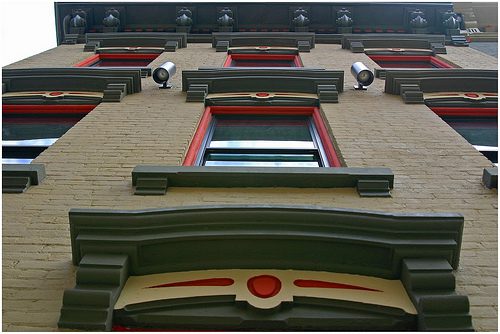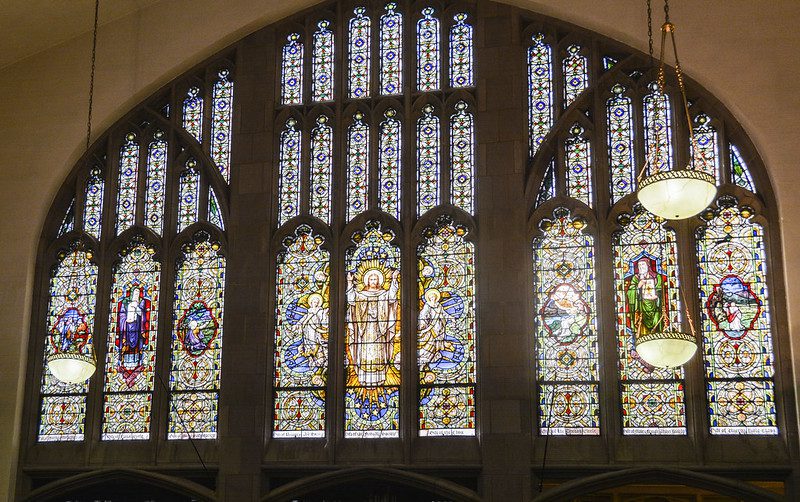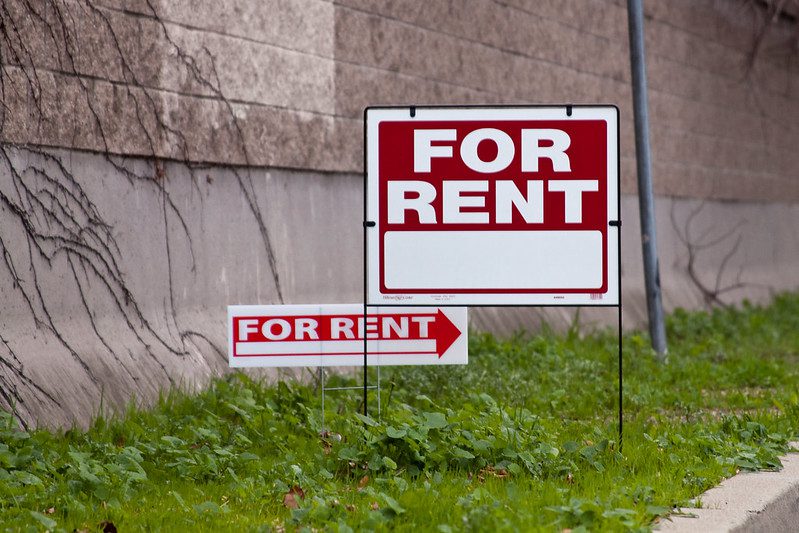This is the final installment of my miniseries (Part 1, Part 2, and Part 3) about Cincinnati’s remarkable Over-the-Rhine neighborhood, potentially a national model for smart, green revitalization. The reason that revitalizing Over-the-Rhine should be just as important to environmentalists as it is to historic preservation, economic recovery, and social equity is that revitalizing such a centrally located district is inherently green, even if you aren’t trying to make it so.
Centrally located neighborhoods almost always have lower carbon emissions, simply because per-capita driving rates are so much higher in outer, spread-out locations where driving distances are longer, transit less convenient, and little within walking distance. In fact, census data indicate that Over-the-Rhine residents drive alone to work only about a third as much as residents from the state of Ohio as a whole; OTR residents are 12 times more likely to take transit to work than residents of the state as a whole.
While one might be tempted to dismiss those differences as simply the product of OTR’s low average income, there’s another telling number that cannot be so easily dismissed: 27 percent of OTR residents walk to work, compared to only 2.4 percent for the state as a whole. These numbers will only get better with the arrival of the streetcar, which now has a development team appointed by the city, and with the ongoing and planned upgrades to the neighborhood’s sidewalks and pedestrian-friendly streetscape.
Over-the-Rhine’s green advantage won’t stop with its location, however. There is a natural synergy between the time-honored design and embodied energy of historic buildings and environmental performance, and many people in the community are committed to making the restoration one that incorporates the latest green building technology, verified by LEED certification. The neighborhood already has one LEED-certified building, the renovated Art Academy of Cincinnati, and two buildings in the Gateway Quarter project (photo of the Mottainai by Randy Simes) are on track to receive certification this summer.
Even a parking lot in the 1500 block of Vine Street has undergone a green renovation, and now has pervious pavement to assist stormwater management. And, to top things off (literally), the Findlay Market now has solar panels on its market house roof and last month hosted a forum on green development.
As always, for those who want more photos, links, and information, please see an expanded post on my NRDC site.





Comments